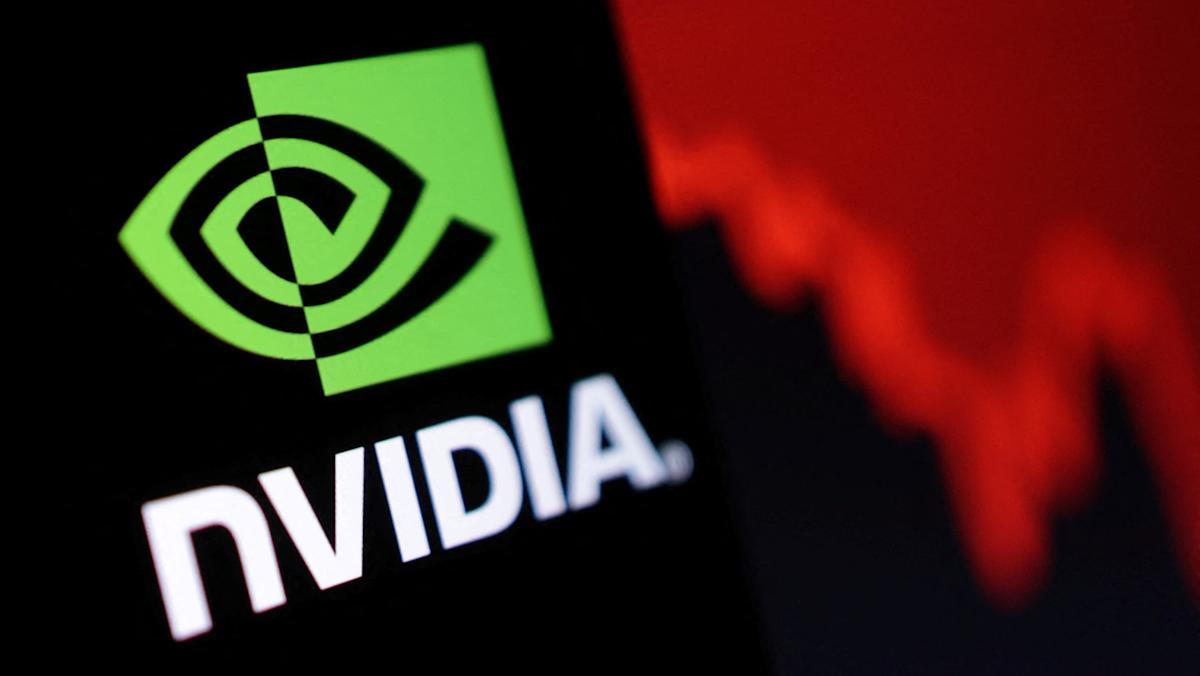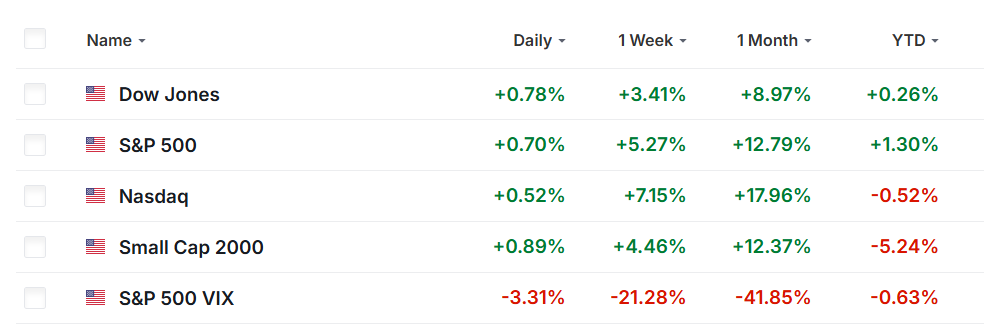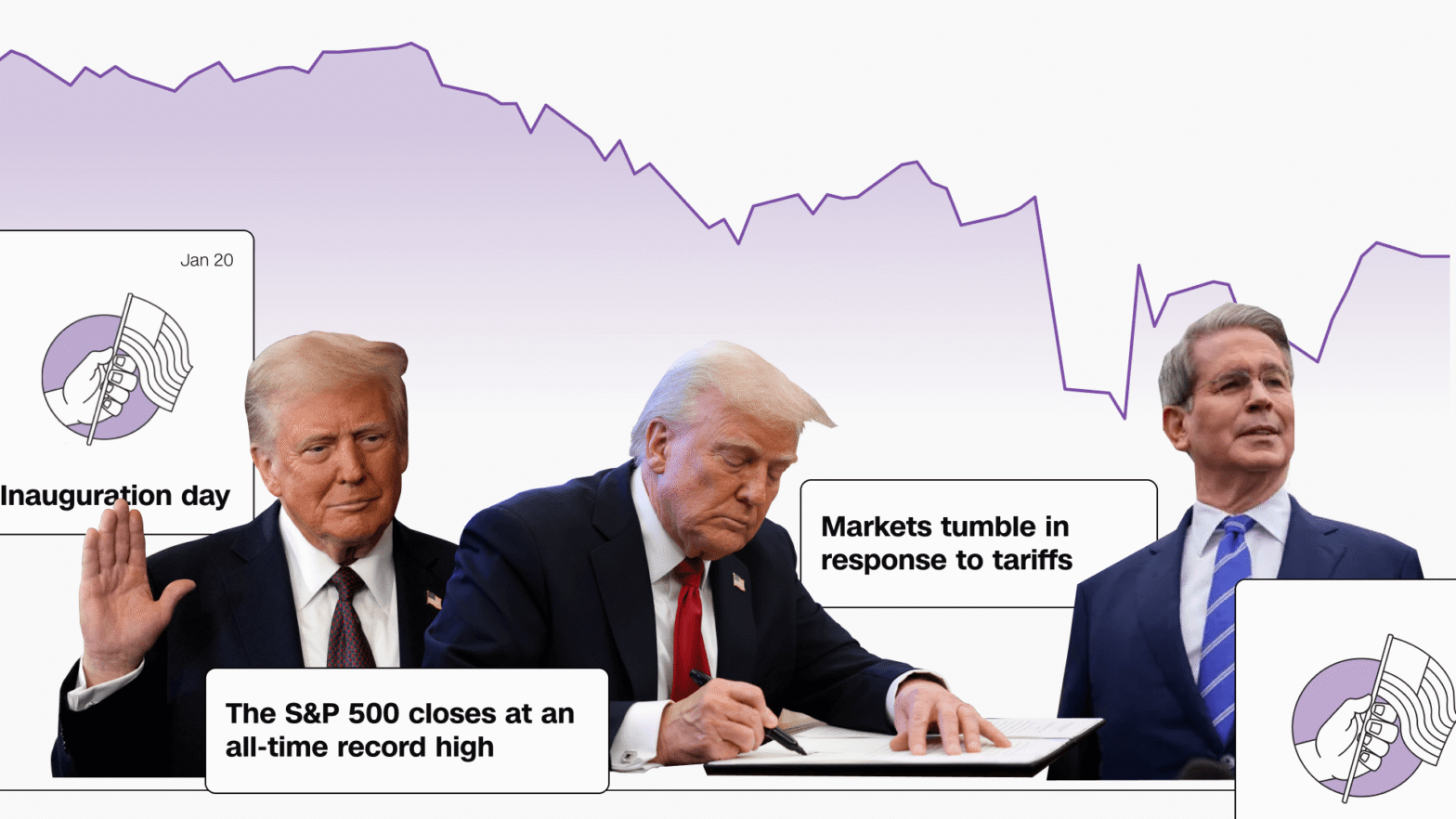Unlock stock picks and a broker-level newsfeed that powers Wall Street.
In This Article:
Market (^GSPC, ^IXIC, ^DJI) volatility is leading many investors to hold steady rather than make aggressive moves. One stock that State Street senior global macro strategist Marvin Loh is holding steady on is Nvidia (NVDA). Loh explains why in the video above.
To watch more expert insights and analysis on the latest market action, check out more Morning Brief here.
00:00 Speaker A
is now a moment to buy Nvidia because you believe in Jensen Huang regardless of what happens with tariffs.
00:07 Speaker B
You know what, I might not, uh, I might not be aggressive in buying, but I certainly have not been selling during this period. You know, I do believe in these business models that, you know, personally, um, I’ve spent time trying to understand. Um, and you know, it’s it’s a long game when you talk about that type of investment thesis.
00:31 Speaker A
I I’m just curious, I want to follow up on that because you talked about how we’re starting to get this kind of tight trading range where investors are you’re not seeing whales coming in to sell, to short sell, or to buy, necessarily. Um, can you provide a little bit more color on that and why then, like why do we go up then? You know what I mean? Like why have we been up the last three days?
01:00 Speaker B
Yeah, so, um, you know, everyone has various data points that they kind of lean into. Um, you know, certainly there’s been a lot of position squaring, we’ve kind of seen that in the futures market. Within State Street, we have our own data kind of around what we call institutional, um, information around positioning. That has certainly shown a bit of position squaring. Um, so you know, I’m pretty comfortable saying that if you were very overweight or even underweight, you’ve kind of gotten to neutral. And we could talk about it from the dollar perspective, we could talk about it from tech exposure perspective. Um, once you get there, you are in a position to really figure out where that dry powder should go once you get more comfortable that you can model cash flows. I mean, you know, analysts, the market, what we’re trying to do is get some clarity around where cash flows are going. And right now, it’s really, really hard. Um, it hasn’t become easier, but at least, but at least we’re no longer exposed one way or the other. Um, in terms of why the markets, you know, continues to creep up, it’s because there is still a lot of liquidity in the system that’s got to go some place. And, you know, it’s somewhat telling that the last couple of days, when things calmed down a little bit, it went back into names that we’ve we became very, very familiar with. It’s what we know, we understand what quality growth is in the United States. You know, we certainly had a reason to look at Europe in a different way. Uh, you know, their their equity markets are outperforming the US by 15%. That’s a massive number when you think about it. Um, so there are stories thematically that are easier to get your hands around, even in this environment of extreme uncertainty. And that uncertainty extends to the Fed too, like what we heard from the Fed is that they know as little as we know on a day-to-day basis.

















